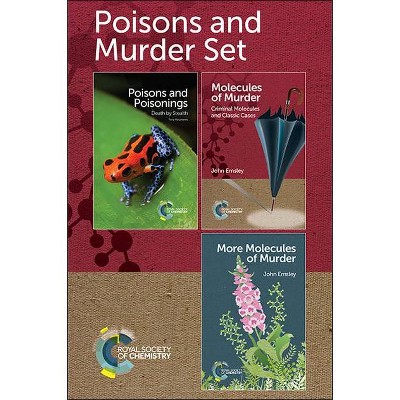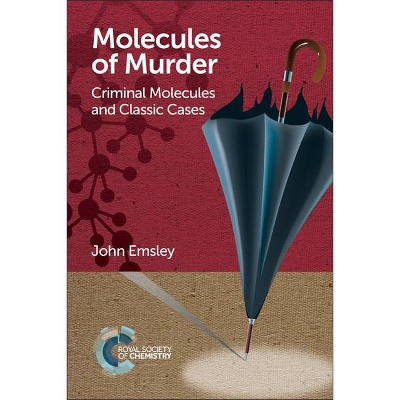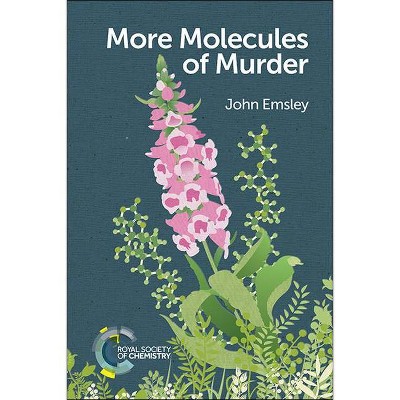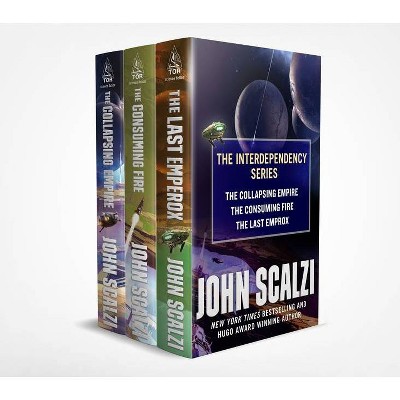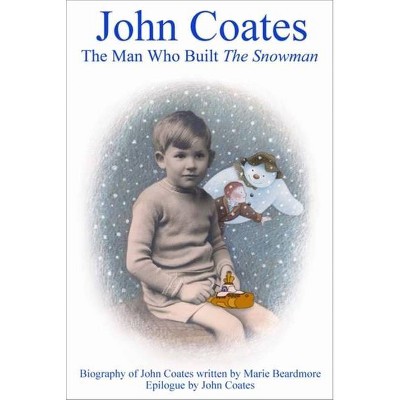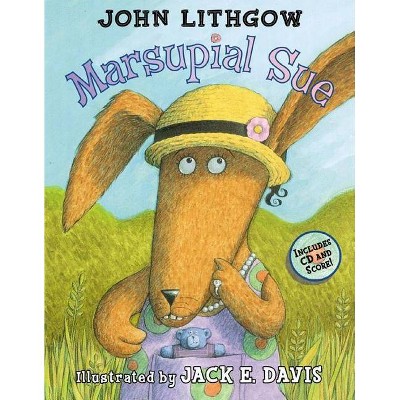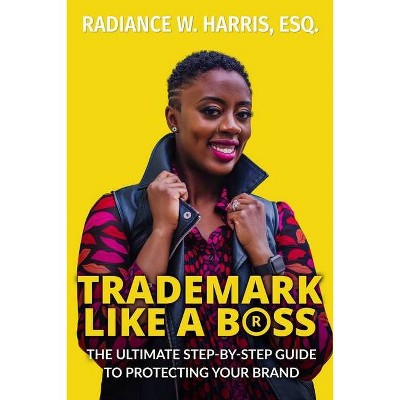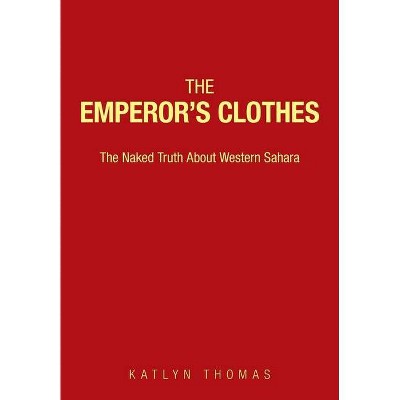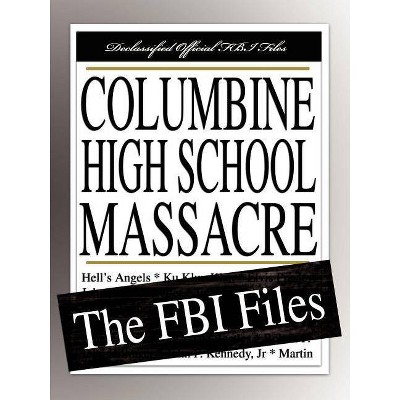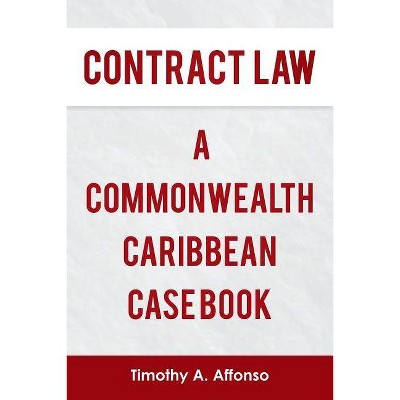Molecules of Murder Set - by John Emsley (Mixed Media Product)
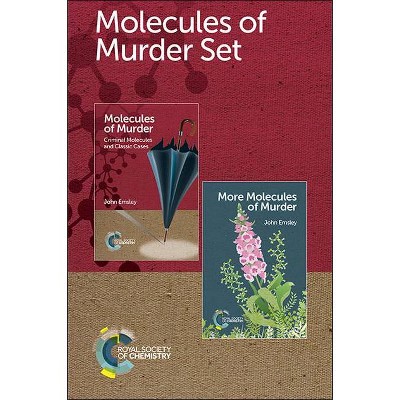
Similar Products
Products of same category from the store
AllProduct info
<p/><br></br><p><b> About the Book </b></p></br></br>These books investigate crimes committed from the point of view of the poison used, throwing new light on how these crimes were carried out and ultimately how the perpetrators were uncovered and brought to justice.<p/><br></br><p><b> Book Synopsis </b></p></br></br><p>How can a plant as beautiful as the foxglove be so deadly and yet for more than a century be used to treat heart disease? The same is true of other naturally occurring molecules as will be revealed in these two books from award-winning author and chemist, John Emsley.</p> <p><em>Molecules of Murder</em> and <em>More Molecules of Murder</em> deal with potential poisons from man-made and natural sources. Both books investigate the crimes committed with them, not from the point of view of the murderers, their victims, or the detectives, but from the poison used. In so doing the books throw new light on how these crimes were carried out and ultimately how the perpetrators were uncovered and brought to justice. The crimes include those committed by infamous murderers and also famous victims like Harold Shipman, Alexander Litvinenko and Georgi Markov.</p> <p>Each chapter starts by looking at the target molecule itself, its discovery, its chemistry, its often-surprising use in medicine, its effects on the human body, and its toxicology. The rest of the chapter is devoted to murders and attempted murders in which it has been used. But, be reassured that murder by poison is not the threat it once was, thanks to laws which restrict access to such materials and to the skills of analytical chemists in detecting their presence in incredibly tiny amounts.</p><p/><br></br><p><b> From the Back Cover </b></p></br></br><p>How can a plant as beautiful as the foxglove be so deadly and yet for more than a century be used to treat heart disease? The same is true of other naturally occurring molecules as will be revealed in these two books from award-winning author and chemist, John Emsley.</p> <p><em>Molecules of Murder</em> and <em>More Molecules of Murder </em>deal with potential poisons from man-made and natural sources. Both books investigate the crimes committed with them, not from the point of view of the murderers, their victims, or the detectives, but from the poison used. In so doing the books throw new light on how these crimes were carried out and ultimately how the perpetrators were uncovered and brought to justice. The crimes include those committed by infamous murderers and also famous victims like Harold Shipman, Alexander Litvinenko and Georgi Markov.</p> <p>Each chapter starts by looking at the target molecule itself, its discovery, its chemistry, its often-surprising use in medicine, its effects on the human body, and its toxicology. The rest of the chapter is devoted to murders and attempted murders in which it has been used. But, be reassured that murder by poison is not the threat it once was, thanks to laws which restrict access to such materials and to the skills of analytical chemists in detecting their presence in incredibly tiny amounts.</p><p/><br></br><p><b> Review Quotes </b></p></br></br><br>Most of the crimes covered in the books would be well known to those who have an interest in true crime, but don't think that because of this it is not worth the read! The uniqueness of these books is the explanation of the 'science' behind the crimes--something that is not covered as well as this in other publications. Have an interest in true crime and chemistry? These books are for you!--Clare Curtis, Portland Press/Biochemical Society UK "Biochem (Lond) (2019) 41 (6): 52-55."<br>
Price History
Price Archive shows prices from various stores, lets you see history and find the cheapest. There is no actual sale on the website. For all support, inquiry and suggestion messagescommunication@pricearchive.us
